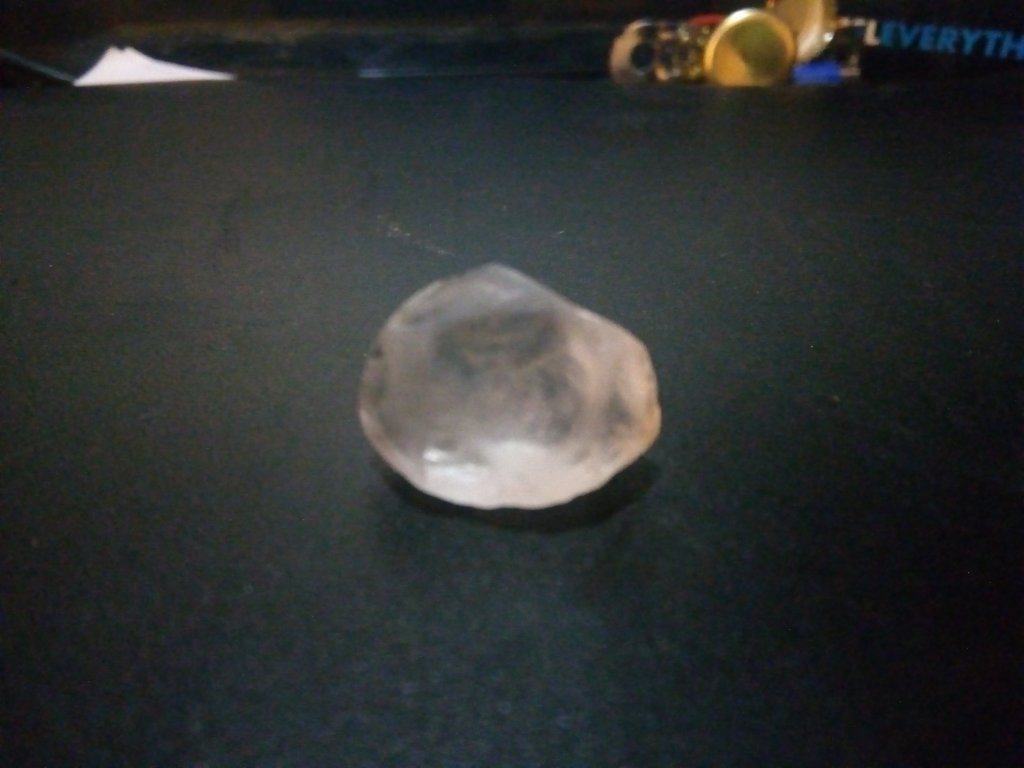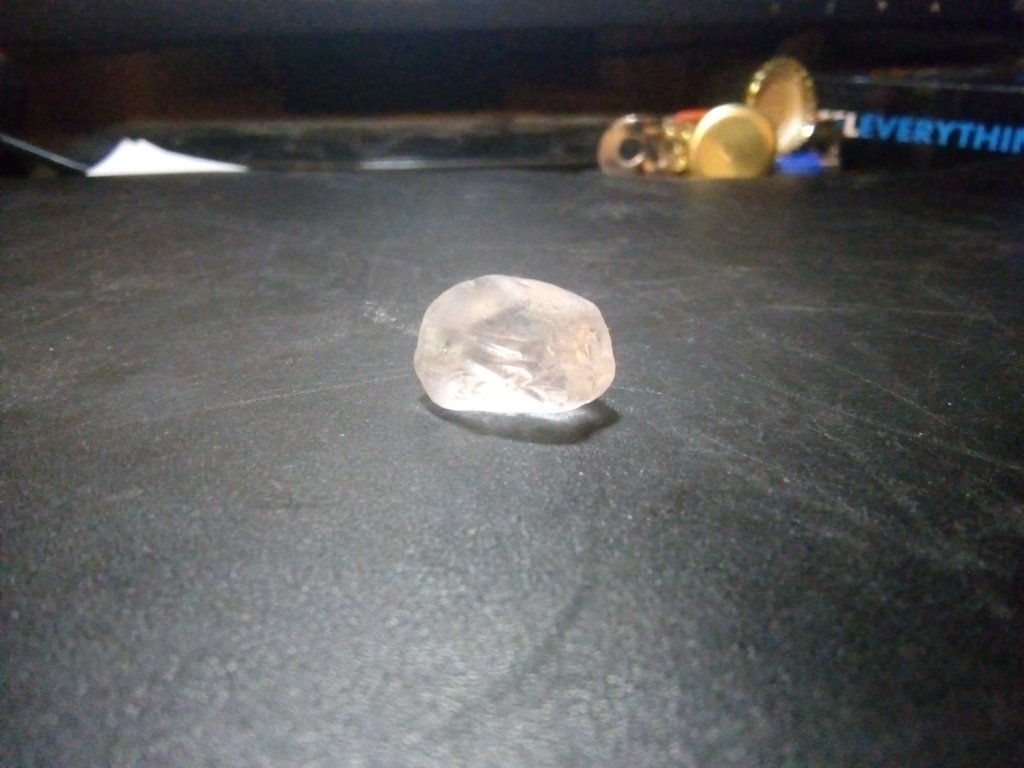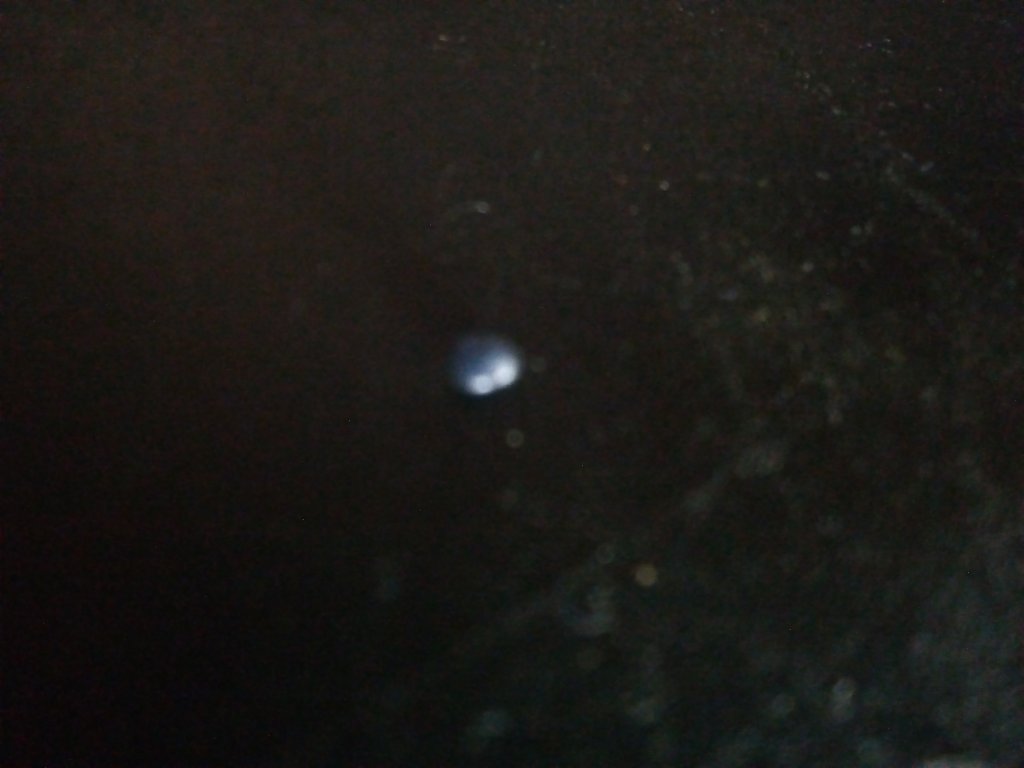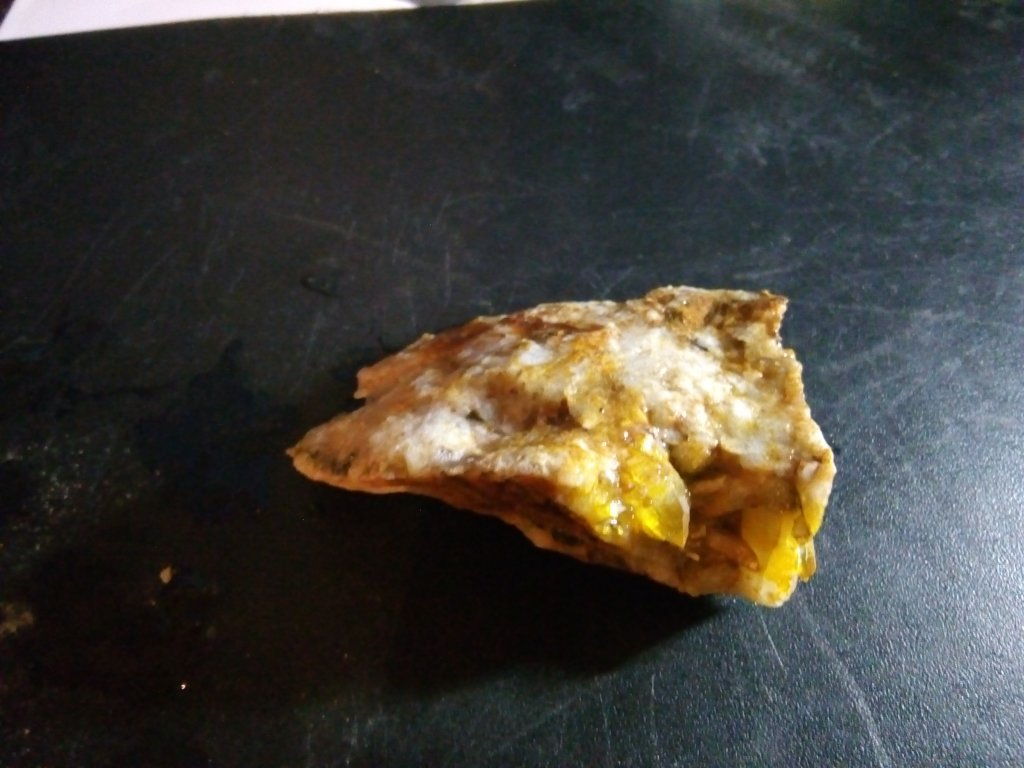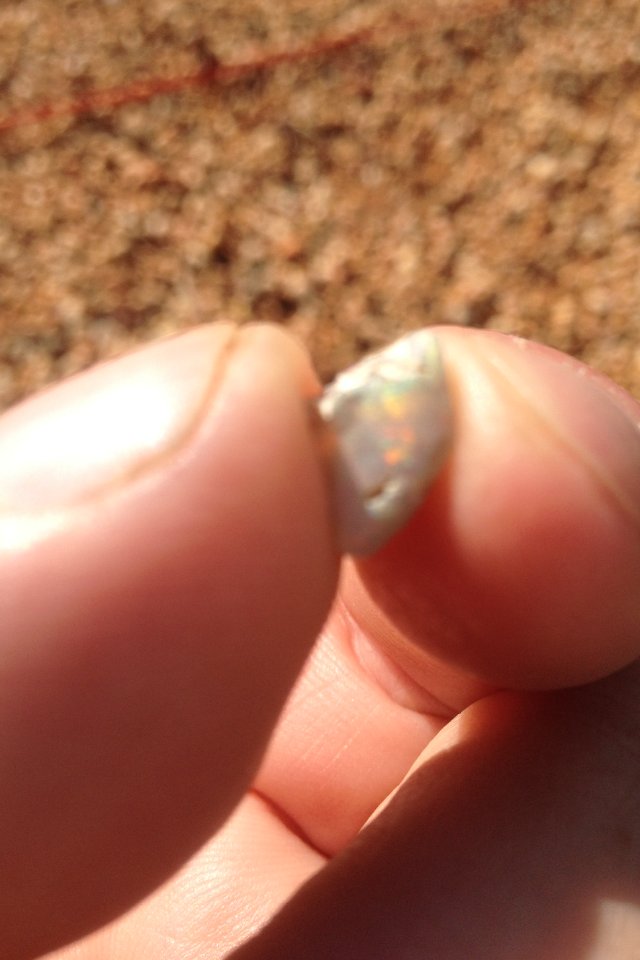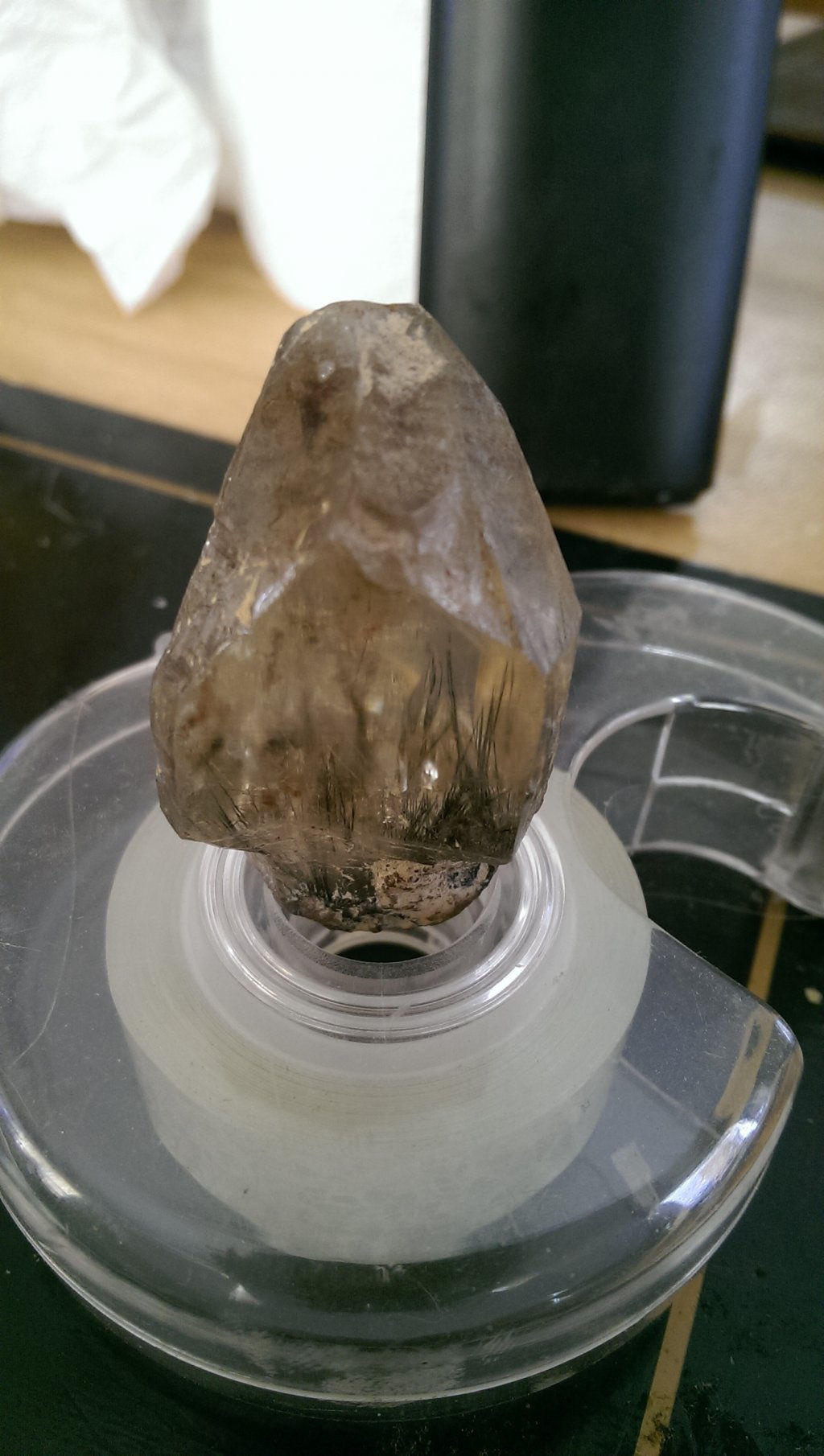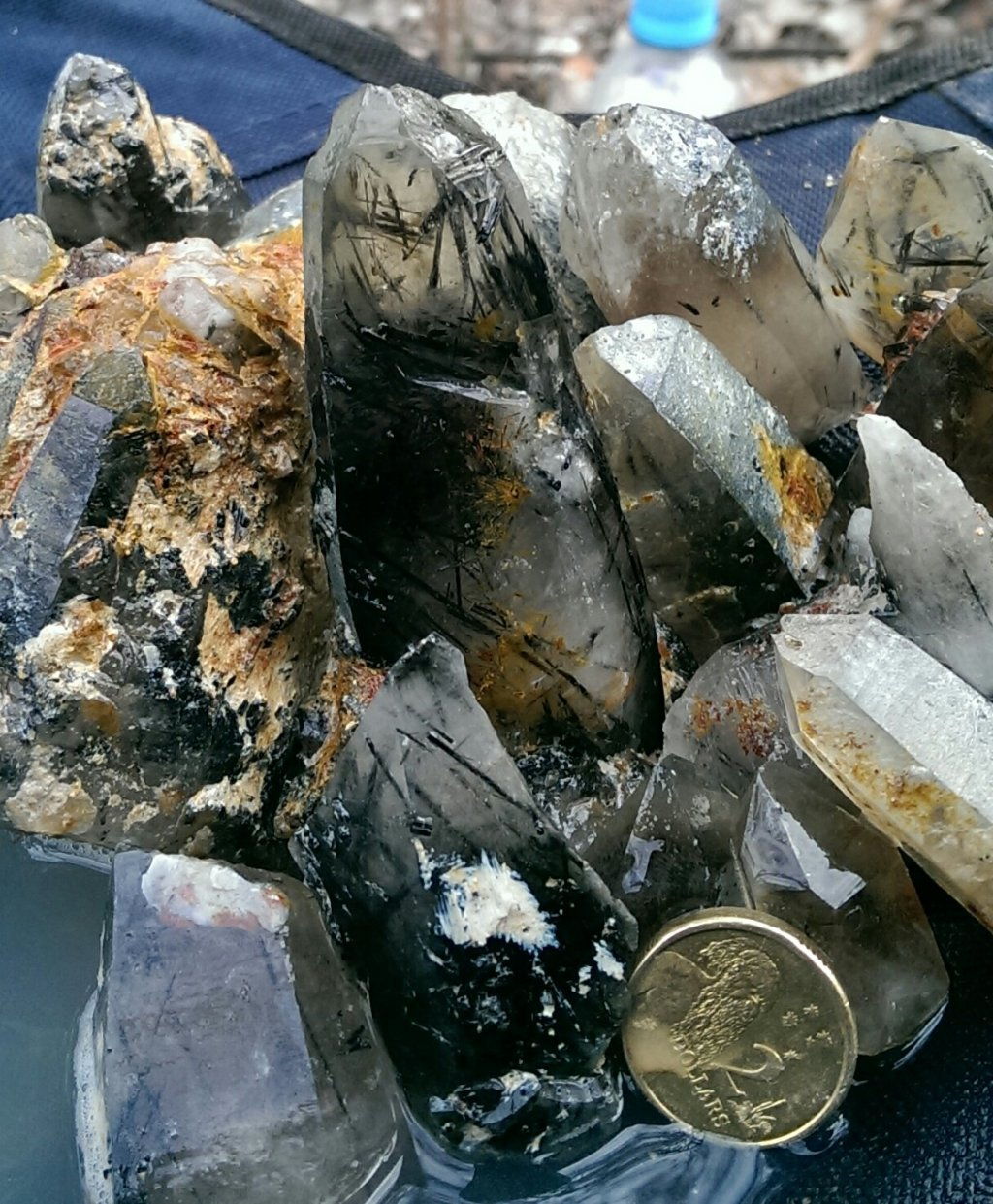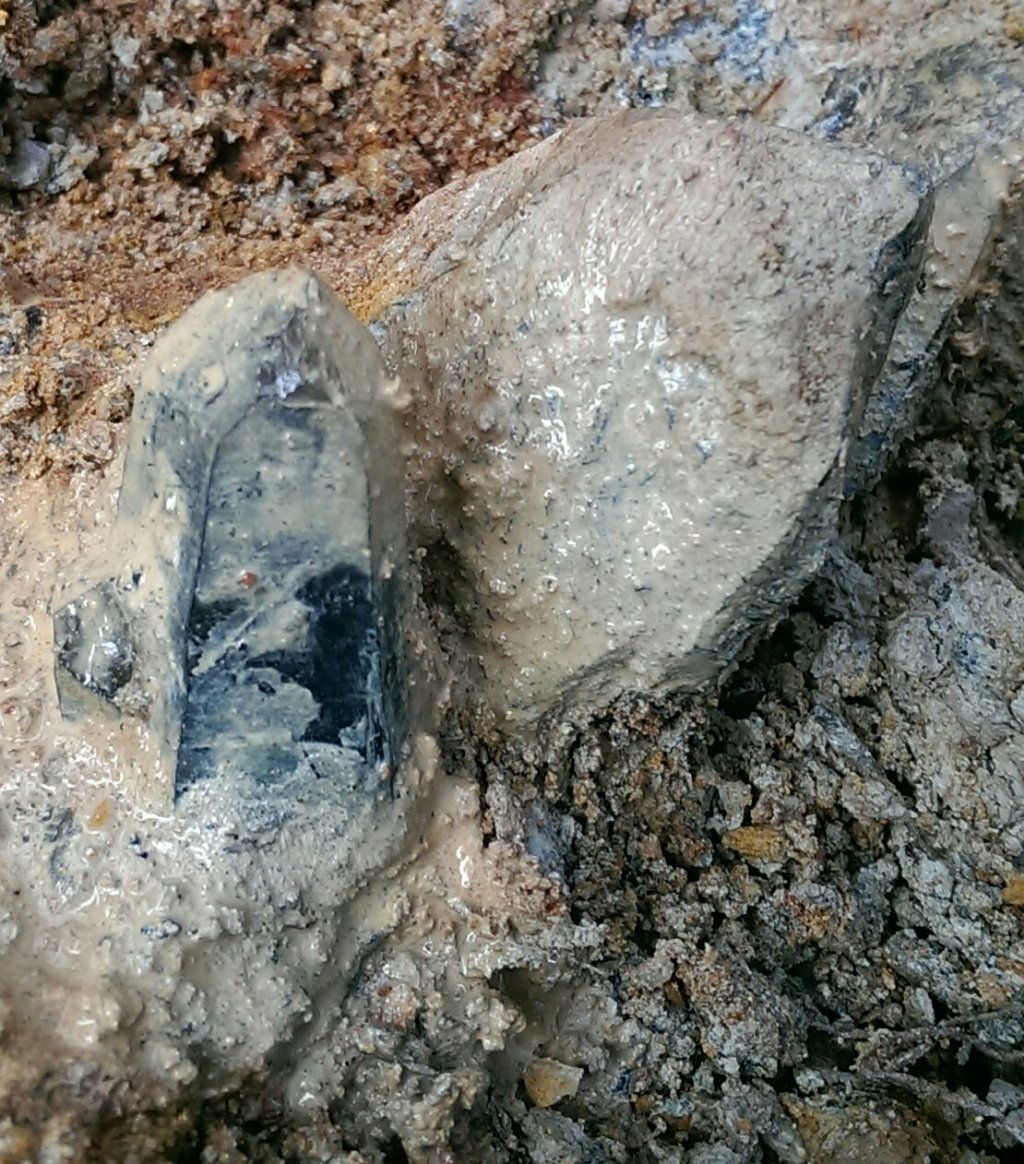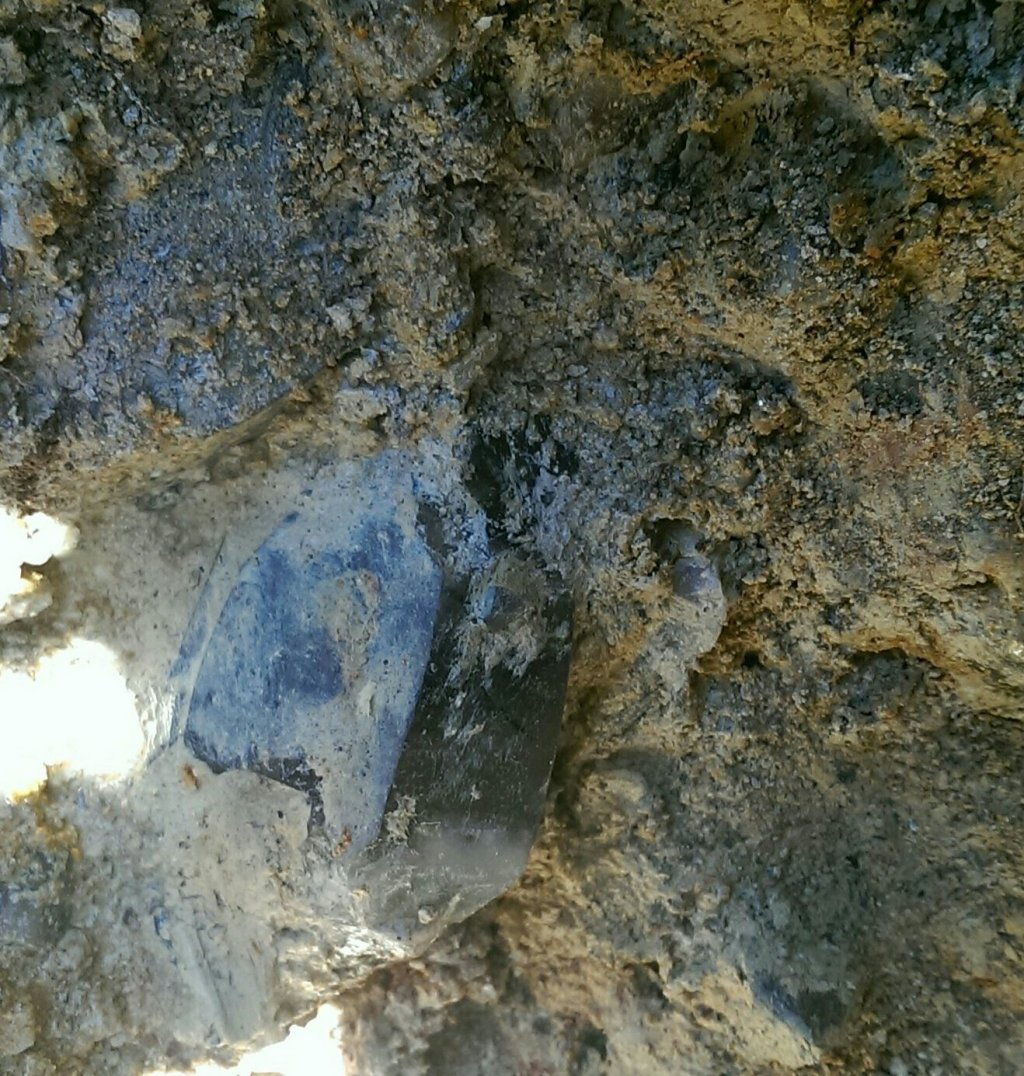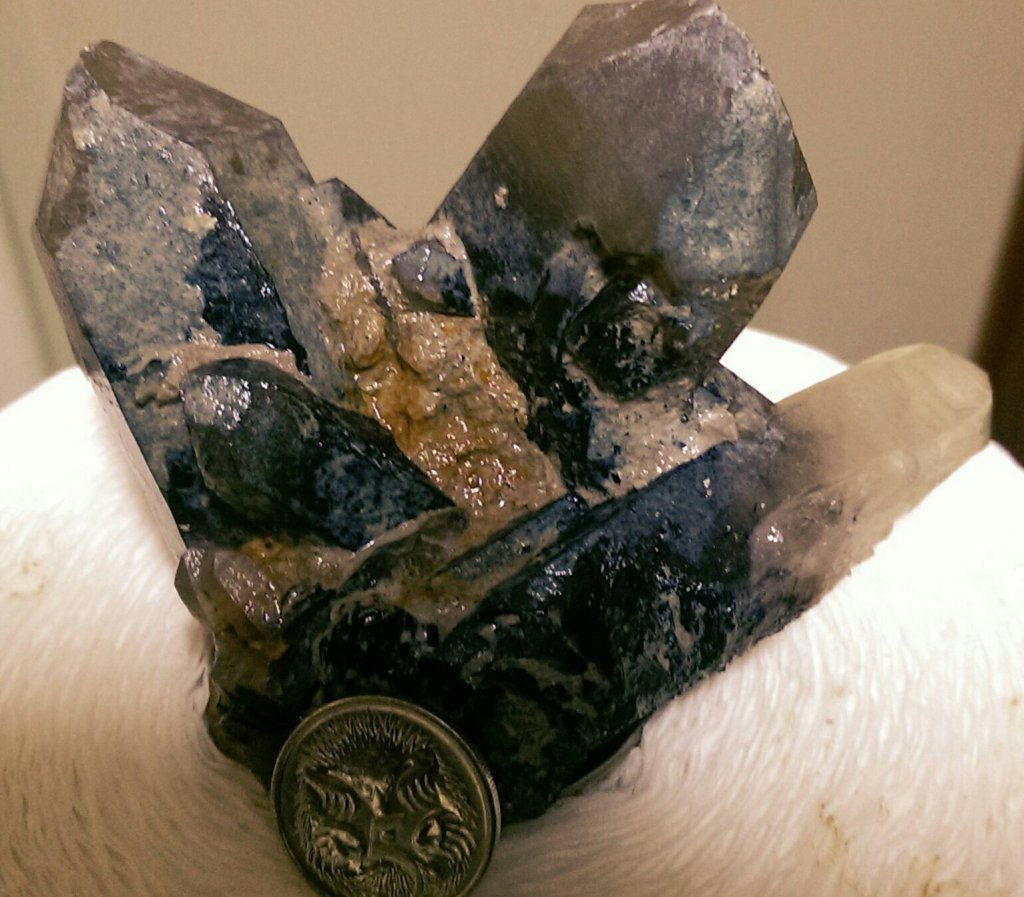Glass used in bottles has a lower hardness than Obsidian (volcanic glass).... Under a loupe you can see the fracture planes and can tell the Difference... There are variances in this method, but a good 'Guide' to tell the difference... The older the bottle the more difficult it is for this method to work as there are many types of glass used in bottles over the years...
LW....
LW....






